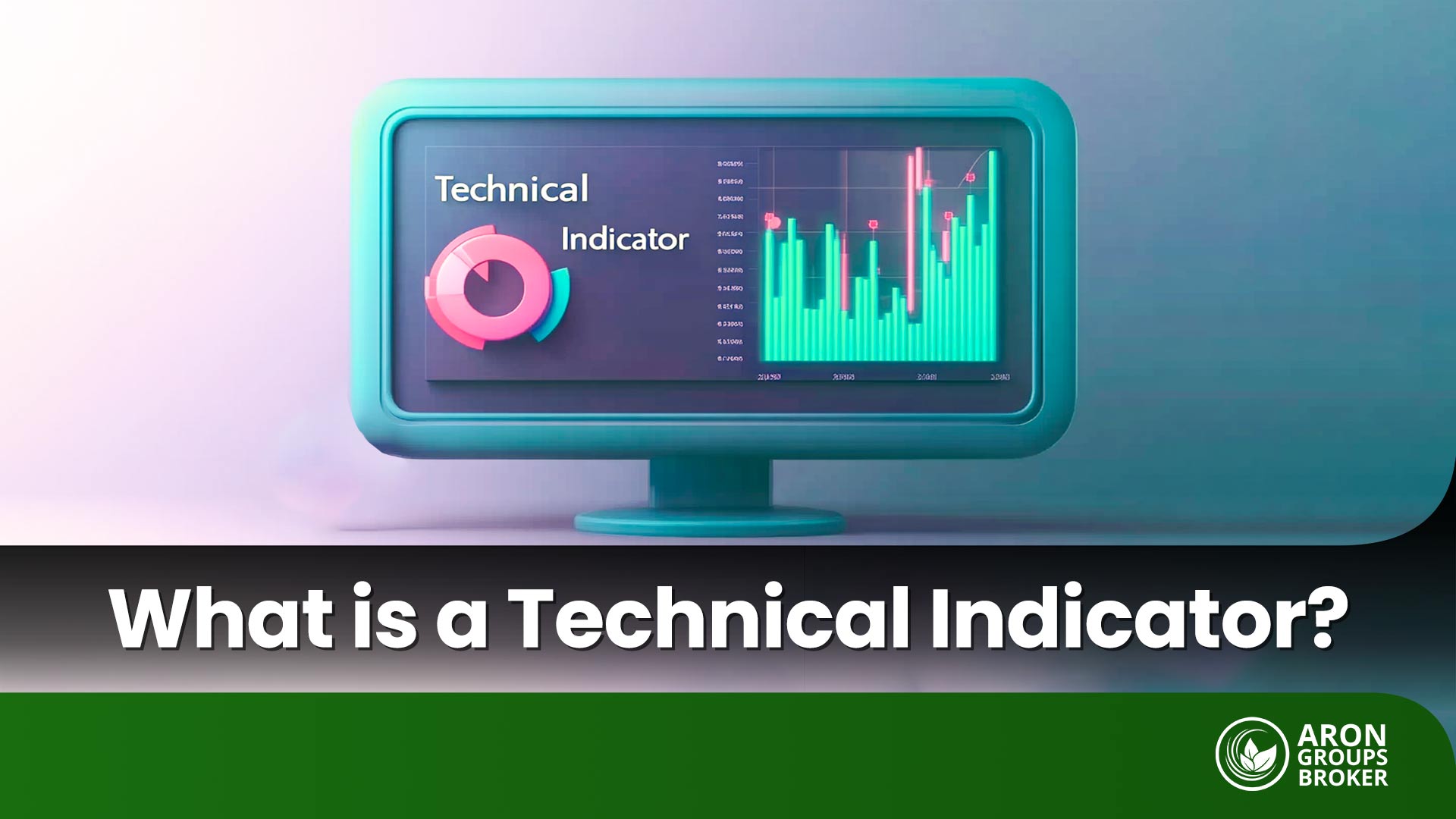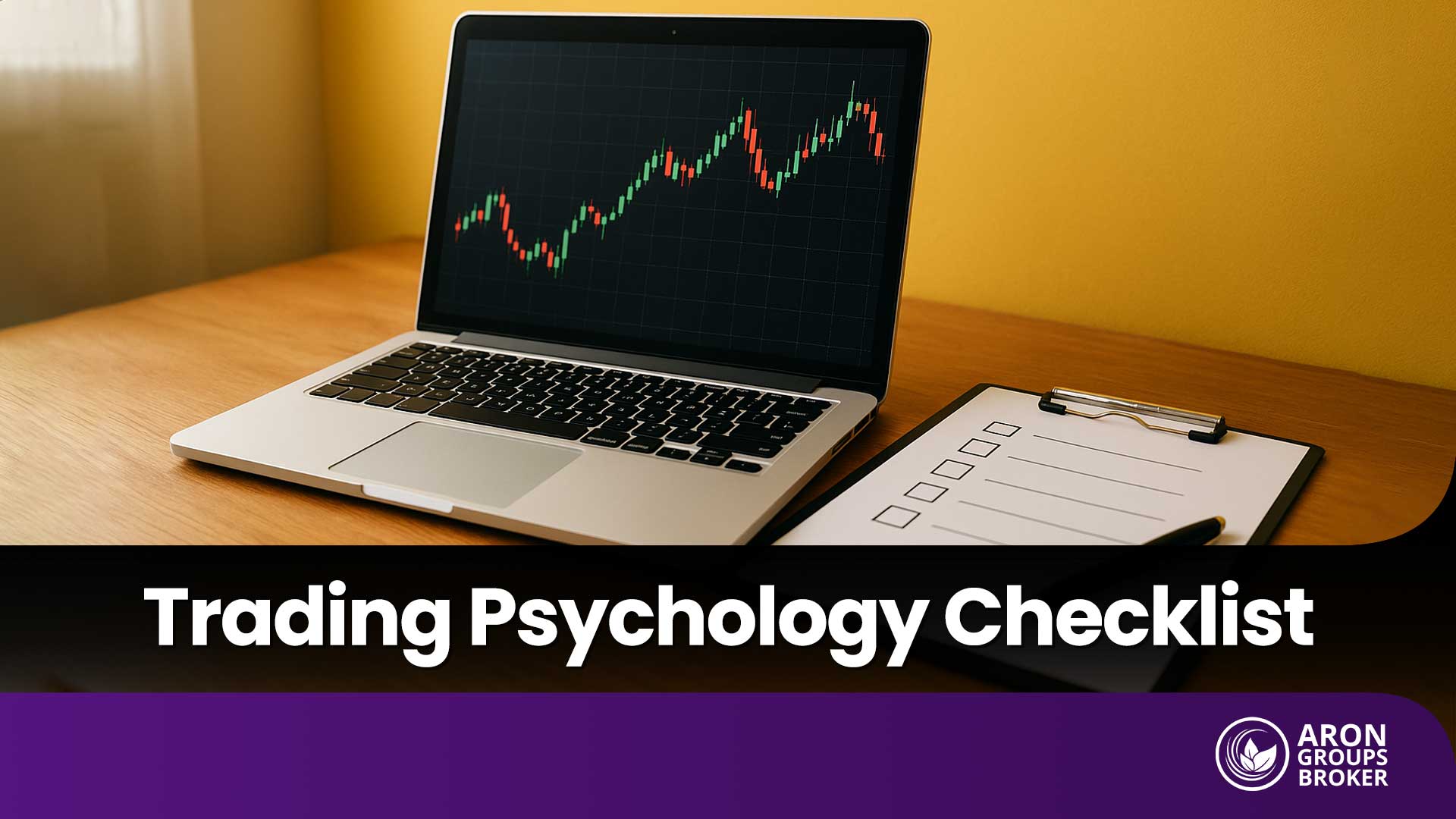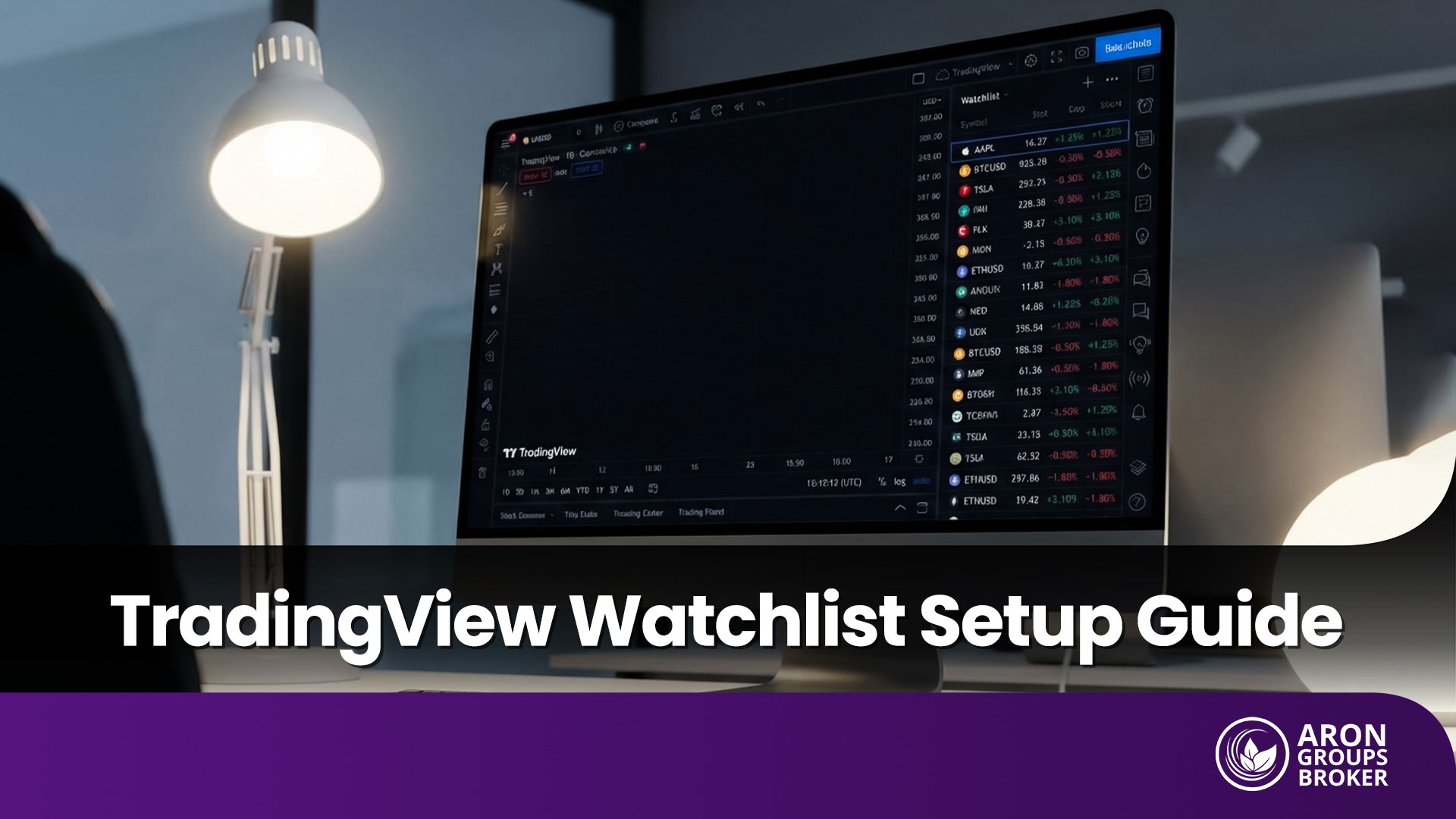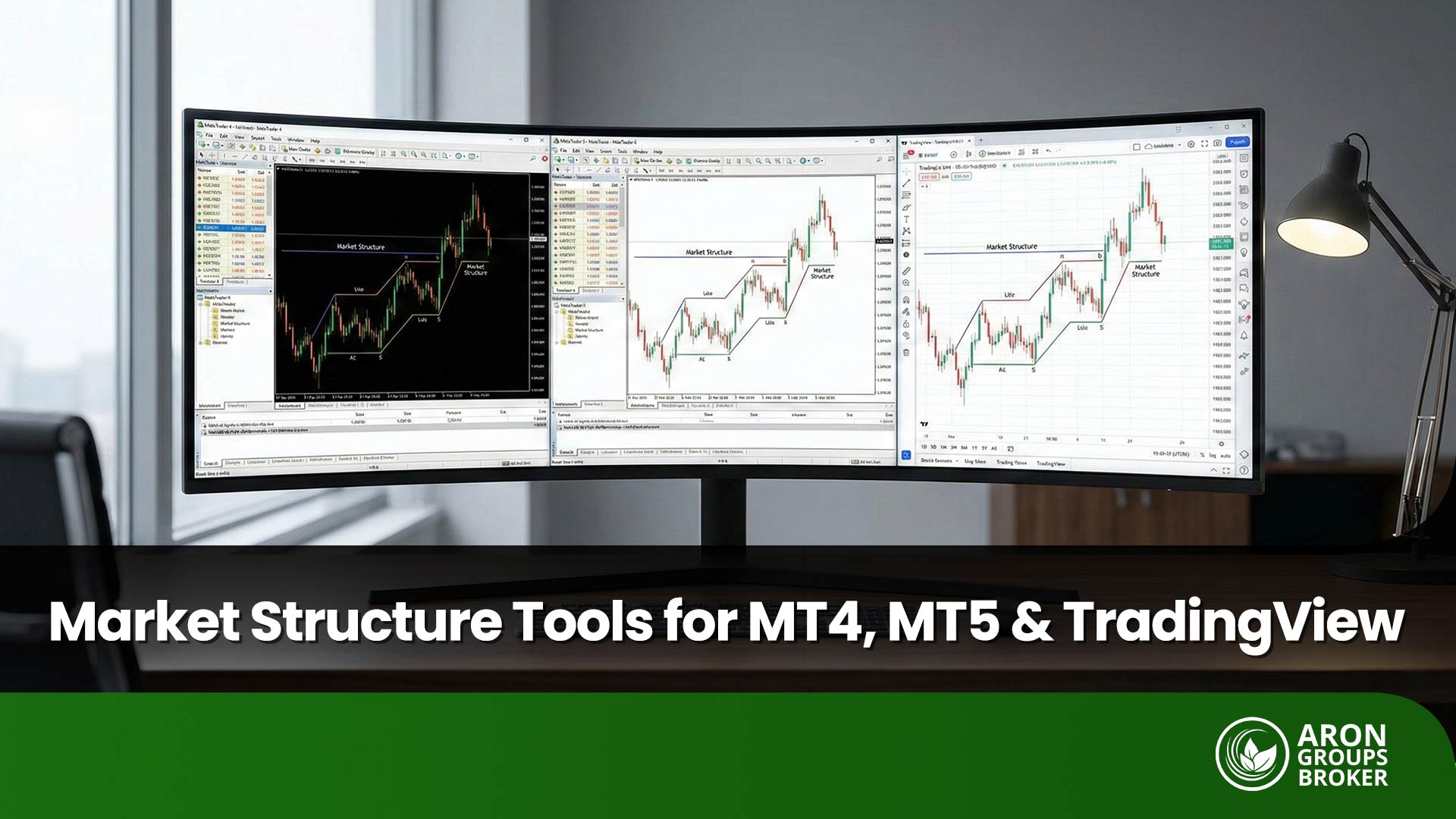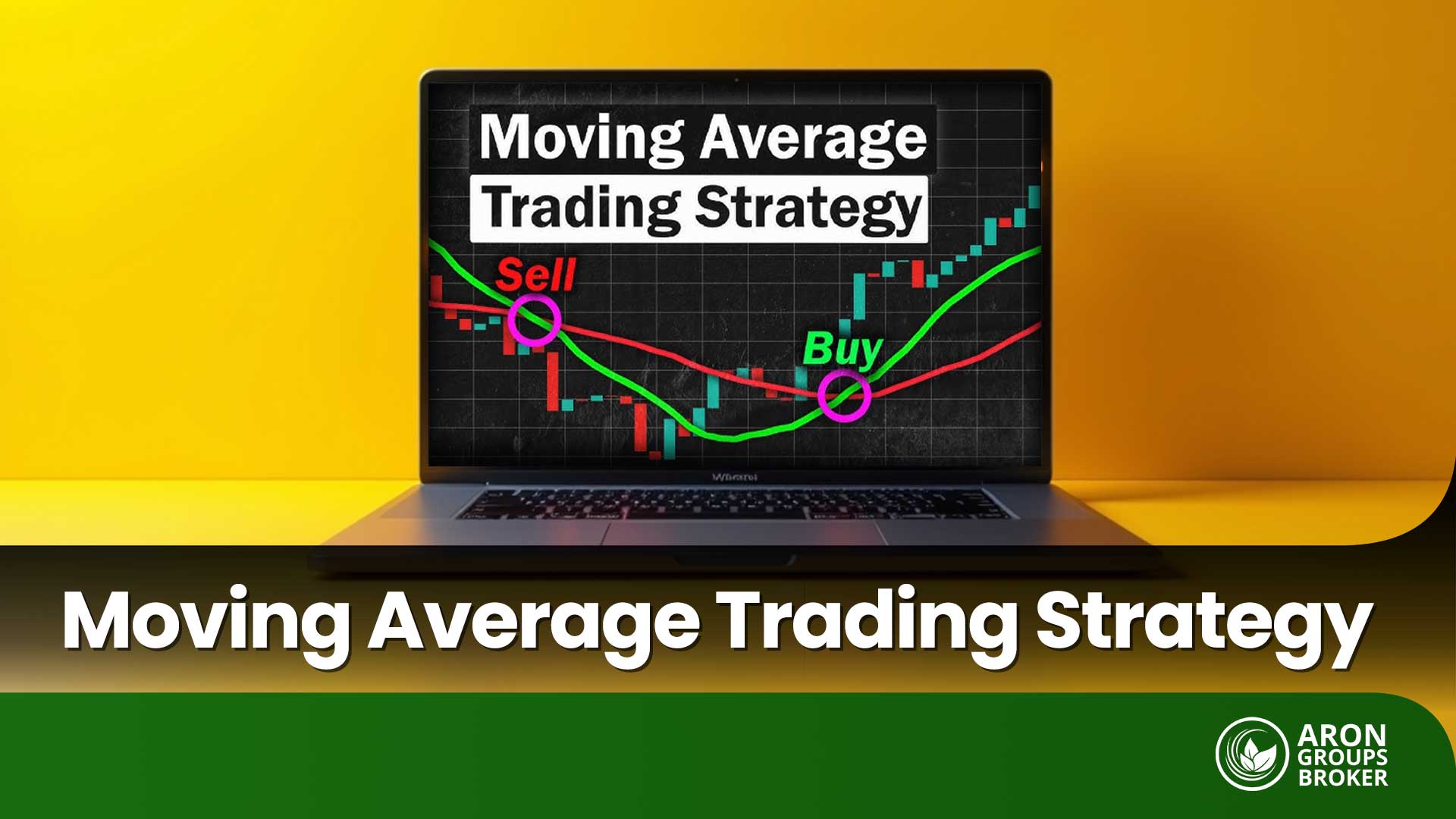An indicator is one of the most important pillars of technical analysis that helps traders better identify hidden trends and key points in the market. Without using proper indicators, decision-making in trading becomes closer to guesswork, and the risk of loss increases significantly. In this article, you will comprehensively get acquainted with the concept of indicators, their types, differences, advantages, and key applications. If you are looking to improve your analytical skills, don’t miss the rest of this article.

- If indicator signals occur simultaneously with an increase in trading volume, their success rate increases significantly, a factor often overlooked by beginner traders.
- In algorithmic models, it is possible to assign greater weight to more recent data to create a more sensitive and customized indicator adapted to market conditions.
- Instead of using an indicator within a single timeframe, professional analysts use the indicator output from a higher timeframe as a filter for decision-making in lower timeframes.
What Is an Indicator in Technical Analysis and Why Is It Used?
In technical analysis, an indicator serves as a computational tool that uses market price and volume data to provide valuable insights into trends and price behavior. Indicators are designed based on mathematical formulas and present changes in price, volume, and other market variables in a structured and analyzable form.
The main purpose of indicators is to identify the probable direction of the market and confirm entry and exit points. By using technical indicators, traders can make more precise decisions and reduce the impact of emotional fluctuations on their trades. Indicators enhance the transparency of market movements, offer a more structured analysis, and enable a deeper understanding of price flow in financial markets.
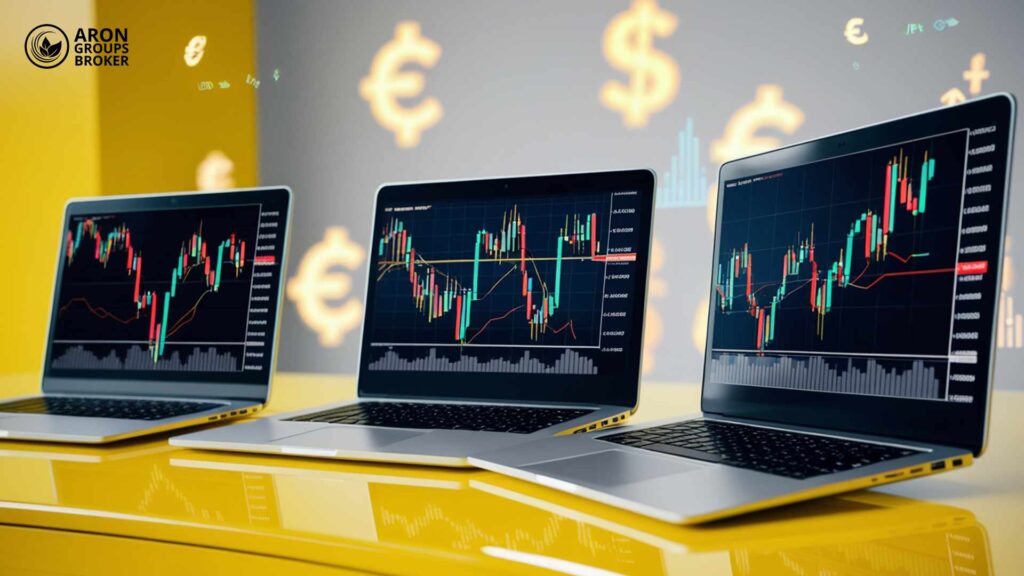
Types of Indicators
Technical analysis indicators can be divided into three main categories, each playing a specific role in providing a more accurate picture of market movements. Understanding this classification is essential for fully learning how indicators work and helps traders make purposeful choices based on their needs. These three categories are:
- Trend indicators
- Oscillators
- Volume indicators
In the following sections, we will become more familiar with each type of indicator.
Trend Indicators
Trend indicators are considered the most important tools in long-term analysis. They act like a compass and reveal the dominant direction of the market. Traders who aim to ride strong market waves usually prioritize the use of trend indicators.
The Moving Average indicator is one of the classic examples in this field. It smooths price data and shows the overall direction of movement. Without an accurate understanding of the trend, entering trades becomes more like gambling than a strategic decision.
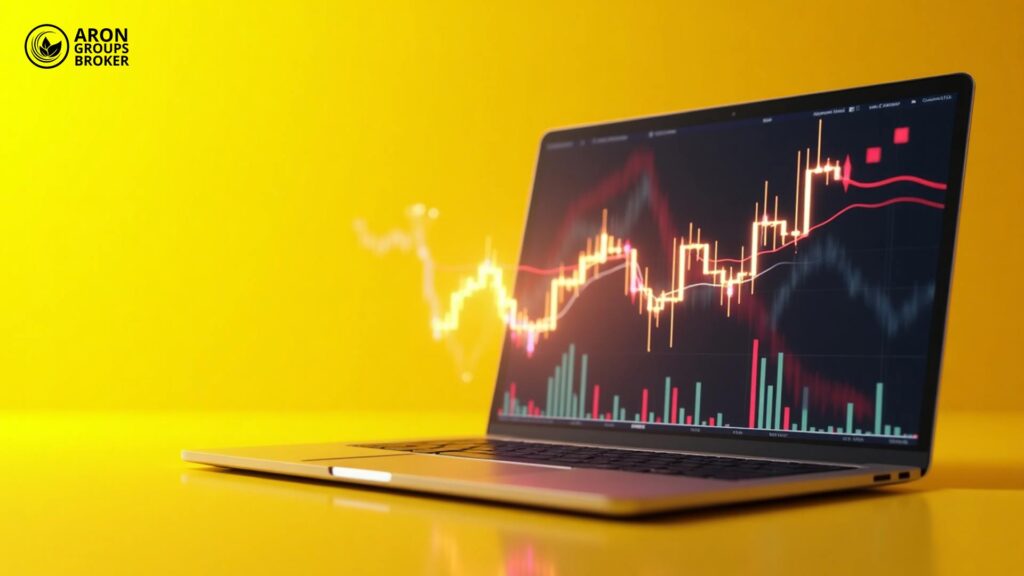
Oscillators
Oscillators are a type of indicator that perform best in non-trending or range-bound markets. These indicators fluctuate within a defined range and identify overbought and oversold levels where the probability of a price reversal increases.
The RSI (Relative Strength Index) and MACD (Moving Average Convergence Divergence) are among the most well-known oscillators in technical analysis. These indicators detect weakness in current trends or signs of potential price reversals, creating suitable opportunities for entering or exiting trades and playing an effective role in optimizing trading strategies.
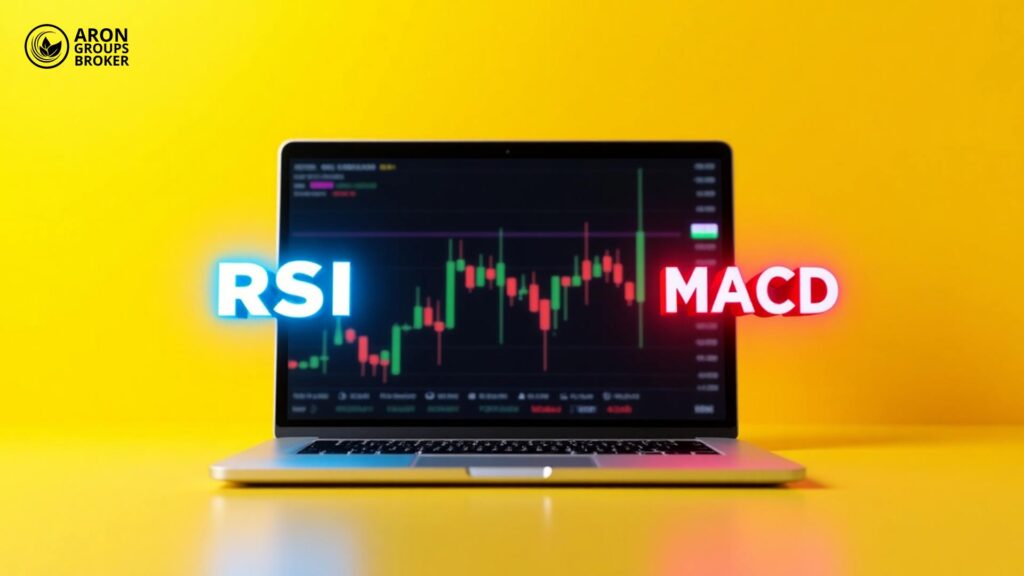

Using indicators such as VWAP or Volume Profile on tick-level price data instead of candlestick data can provide much more precise information about order flow and liquidity pressure points.
Volume Indicators
Volume indicators represent the third dimension of technical analysis. When price movements occur without sufficient volume support, the likelihood of their continuation decreases. Volume indicators such as OBV (On-Balance Volume) analyze trading volume to measure the strength behind price movements.
Trading volume sometimes acts like the heartbeat of the market. A trader who focuses only on the price chart is, in fact, ignoring a significant part of market reality. For this reason, learning indicators comprehensively is incomplete without understanding volume indicators.
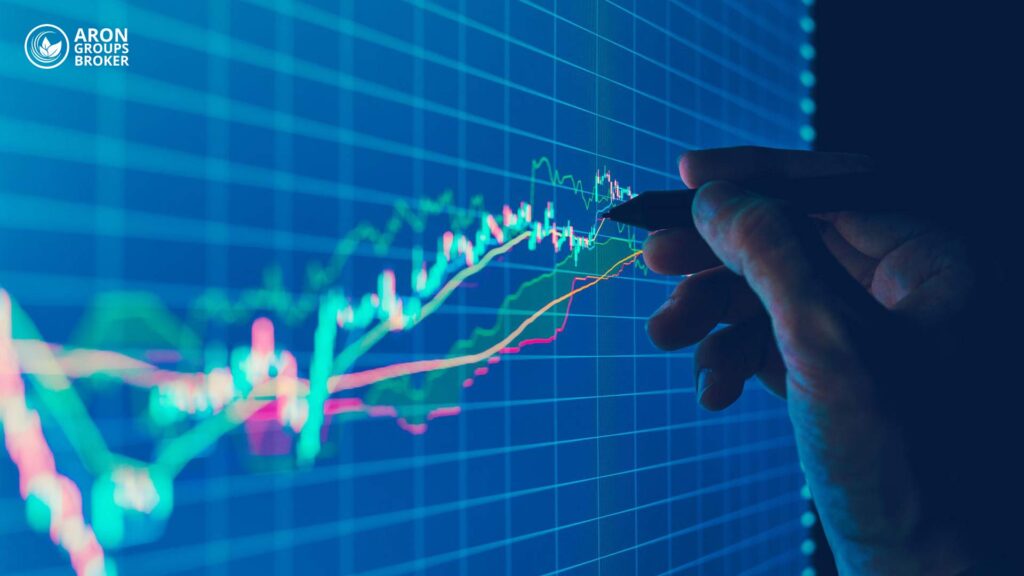
The Difference Between Indicators and Other Classical Analysis Tools
Indicators are designed based on mathematical data and precise algorithms, while other classical analysis methods, such as trend lines, price patterns, or candlestick analysis, rely more on visual observation and subjective interpretation. The difference between an indicator and an oscillator also becomes significant in this context, since oscillators are a specific branch of indicators mainly used to identify price reversals and overbought or oversold conditions.
While the use of classical patterns requires experience and personal judgment, technical indicators provide quantitative data and accurate charts that allow for more logical and objective analysis. However, none of these tools is complete on its own, and combining them yields the best results. To better understand the differences, refer to the table below.
| Feature | Indicators | Classical Analysis Tools |
|---|---|---|
| Analytical Basis | Mathematical data, computational algorithms | Visual observation, subjective interpretation |
| Data Accuracy | Quantitative and numerical | Qualitative and interpretive |
| Experience Requirement | Less dependent on visual analysis | Higher requires experience and deep market understanding |
| Application | Identifying trends, movement strength, overbought and oversold zones | Identifying price patterns, support, and resistance lines |
| Lag Level | May have some delay | Usually simultaneous or based on early prediction and judgment |
| Examples | RSI indicator, MACD indicator, Moving Averages | Trend lines, Head and Shoulders patterns, Candlestick analysis |
| Combination Capability | High complements visual analysis methods | High, complements indicators |
Advantages and Disadvantages of Indicators
Indicators are an important part of every trader’s toolbox in technical analysis. Alongside their numerous benefits, they also have certain drawbacks, and understanding both clearly helps traders use them more effectively.
Advantages of Indicators
The main advantages of indicators are as follows:
- Increasing analytical accuracy by providing quantitative and visual data
- Reducing the influence of personal emotions and impulsive reactions in trading decisions
- Providing timely alerts for identifying trend changes or overbought and oversold conditions
- Facilitating the identification of optimal entry and exit points
- Improving risk management and structuring trading strategies
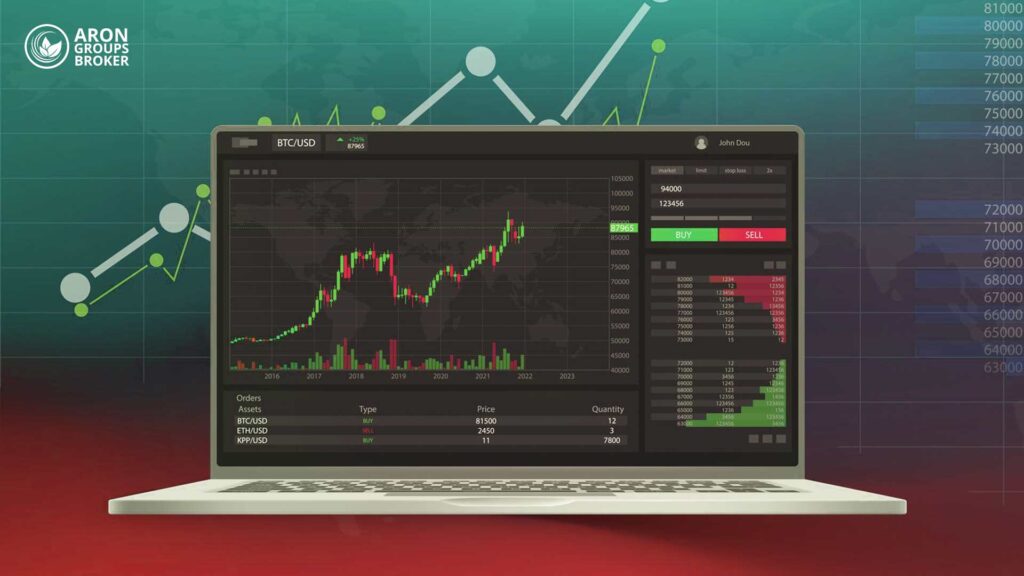

The default settings of indicators are usually designed for stocks; therefore, in markets such as the Forex market or crypto, it is necessary to optimize these settings to reduce noise and achieve higher accuracy.
Disadvantages of Indicators
The main disadvantages of indicators are as follows:
- Delay in signal generation, especially in highly volatile markets
- Possibility of producing false signals in unstable market conditions
- Excessive trader dependence on indicators, leading to reduced personal analysis
- Confusion caused by the overuse of multiple indicators simultaneously
Overall, indicators are most effective when used alongside a deep understanding of market behavior and classical analysis. Relying solely on indicator signals without contextual analysis can lead to poor decisions. A balanced and combined approach is the most effective way to use indicators intelligently in trading.
The Most Popular Indicators in 2025
According to reputable sources such as Investopedia and Babypips, several indicators have gained more attention from traders in 2025 than others. Below are the most important and widely used technical analysis indicators of 2025.
MACD Indicator
The MACD indicator is one of the most powerful tools for trend analysis. By combining moving averages, it identifies changes in price direction and generates reliable entry and exit signals.
RSI Indicator
The RSI indicator measures the speed and magnitude of price movements. By identifying overbought and oversold zones, it reveals the optimal times to enter or exit the market.
Bollinger Bands Indicator
The Bollinger Bands indicator uses the standard deviation of price around a moving average to measure market volatility and identify potential pressure points for trend continuation or reversal.
ATR Indicator
The updated ATR indicator provides a more precise calculation of market volatility and helps traders determine logical stop-loss levels and improve risk management.
AMA Indicator
The AMA indicator is an adaptive moving average that adjusts its responsiveness according to the speed of market changes, showing greater flexibility in both calm and highly volatile conditions.
VWAP Indicator
The VWAP indicator calculates the average traded price over a specific period based on trading volume and serves as a key tool for assessing fair price levels, particularly in algorithmic trading.
Stochastic Indicator
The Stochastic indicator compares the closing price to the price range over a defined period, identifying overbought and oversold zones and highlighting short-term reversal opportunities.
Overall, 2025 can be seen as the era of intelligent analytical tools, as successful traders have gained a sharper view of the market by combining classical indicators with advanced, technology-driven versions. Mastery of these tools and a deep understanding of market conditions remain the key to success in future trading.
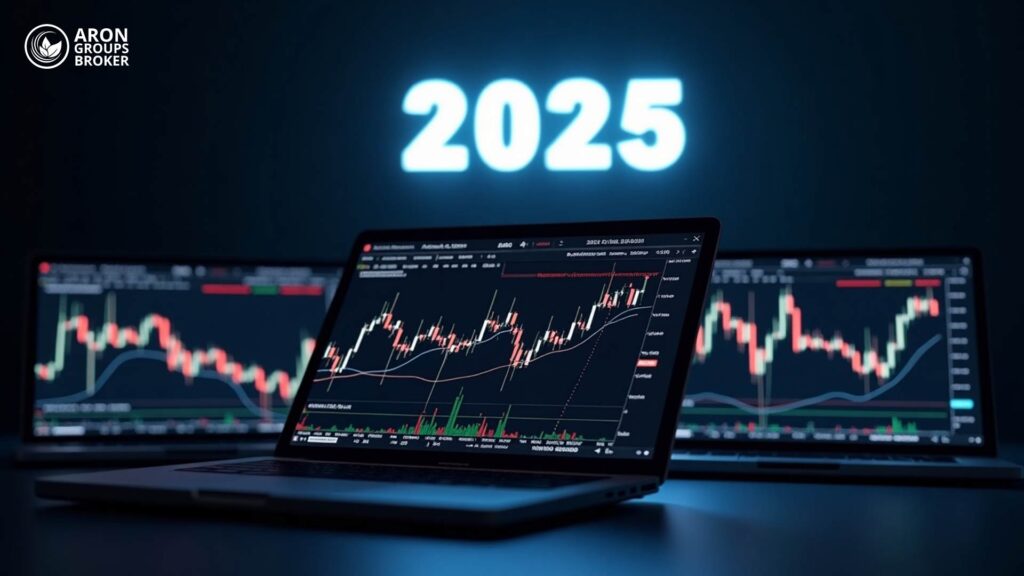

Some indicators, such as EMA or RSI, experience significant distortion when faced with large price gaps and may generate false signals. In such cases, using the median price or HLC/3 instead of the close price helps reduce signal deviation.
Combining Indicators with Other Strategies and Trading Tools
No single indicator is sufficient for success in trading. Combining indicators with classical technical analysis methods such as trend lines, candlestick patterns, and support and resistance levels generates more accurate and reliable signals. For example, using the RSI indicator alongside candlestick reversal patterns or combining MACD with support and resistance levels can help identify much better entry and exit points.
An effective trading strategy should include not only indicators but also risk management and market psychology. Integrating technical analysis, reliable indicators, and emotional control techniques significantly increases the success rate of trades. The intelligent use of technical indicators within a structured framework defines the boundary between successful decisions and high-risk trades.
Conclusion
A proper understanding of indicators marks a turning point in every trader’s journey toward professionalism. However, what truly matters is not merely using a specific indicator, but the ability to interpret them accurately and combine them intelligently with other technical analysis tools.
Successful trading depends on understanding market conditions and choosing the right tools at the right time. Indicators are only useful when applied within a consistent and well-tested strategy. Therefore, if your goal is to reduce analytical errors and increase decision-making accuracy, developing practical mastery of indicators should be one of your top priorities.












